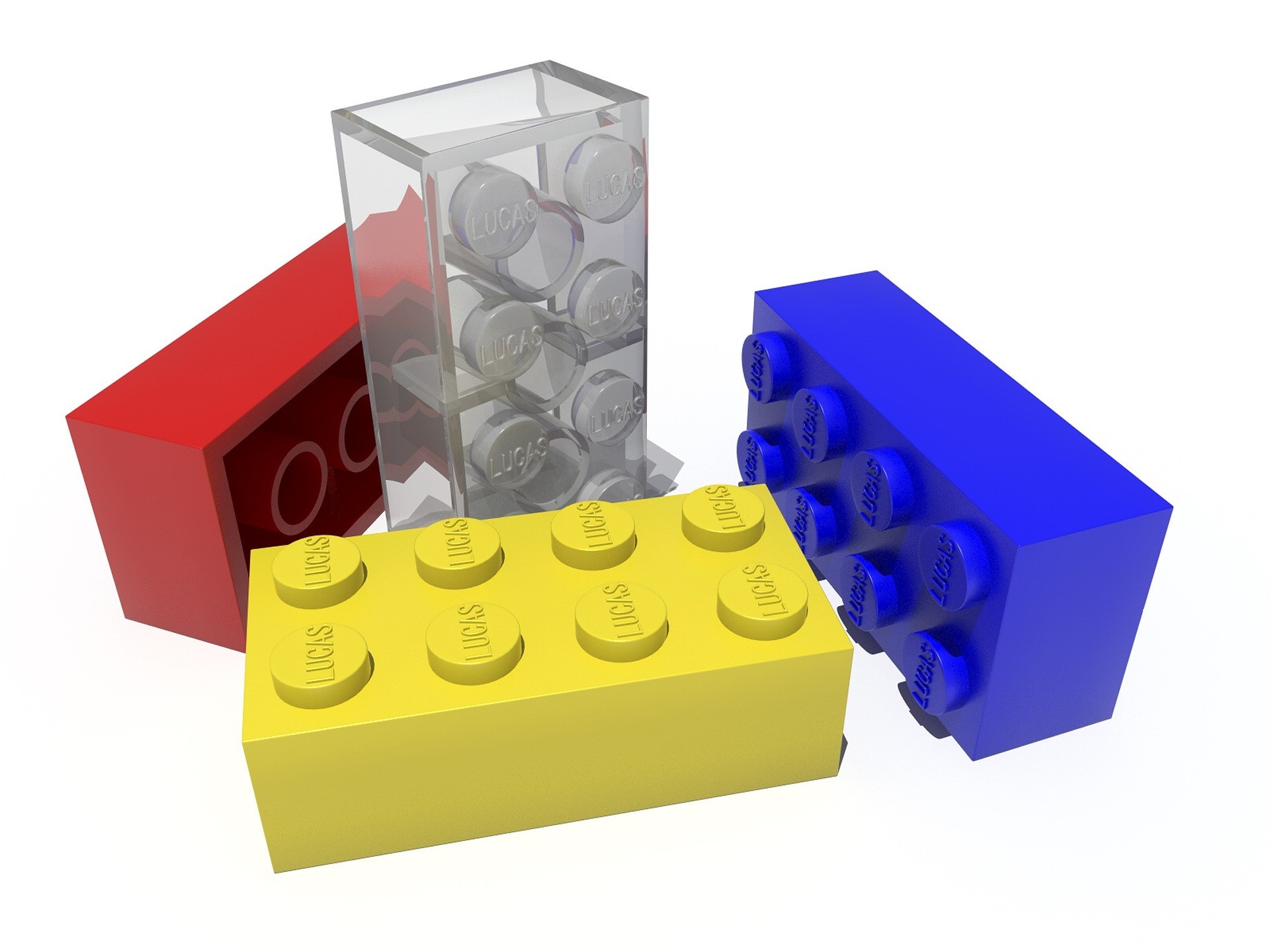We have previously discussed descriptive marks and some problems they have. But what if you really, really want one? Can you still protect it? It depends on whether or not it can eventually be recognized by customers as something more than a description of your goods and services. If so, then the mark has gained “secondary meaning.” I.e., in means something more than just a description.
For example, when “Toys R Us” first came to market, that mark was pretty descriptive. You knew exactly what they were selling albeit with poor grammar. Other toys stores with poor language skills could easily be described in the same way. However, over the years, we stopped thinking of “Toys R Us” as a way to describe a toy store while at the same time making your English teacher cry. Instead, it became the way to describe the toy store with the giraffe mascot usually located near but not in a mall. In other words, it gained secondary meaning.
How long does it take to gain this secondary meaning? It depends. You knew I would say that, but it does. How long does it take for a customer in your industry to stop thinking of it as a description and instead as a brand marker? As you can imagine, that depends on the customer and the product. That being said, the USPTO thinks that five (5) years is a good rule of thumb, but as Louisiana Fish Fry Products, Ltd. found out, some descriptions just stay descriptions.
Therefore, if you are picking a descriptive mark, be aware that although you may end up with a protectable trademark, you may not. It is the risk that you will have to take if you insist on the descriptive mark.


